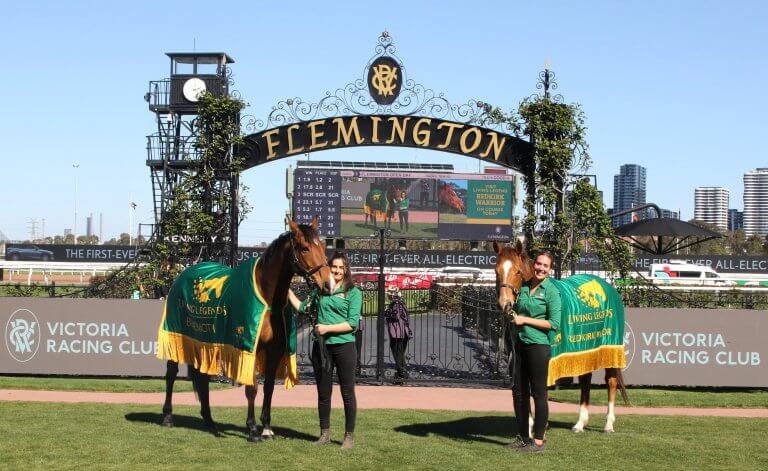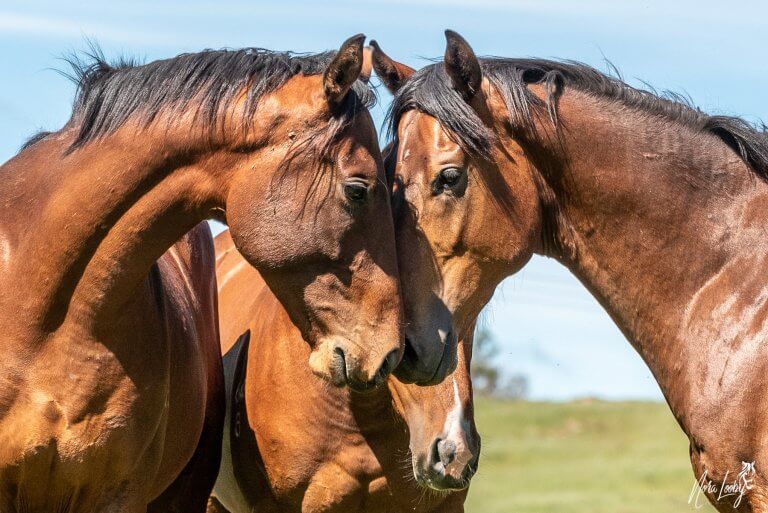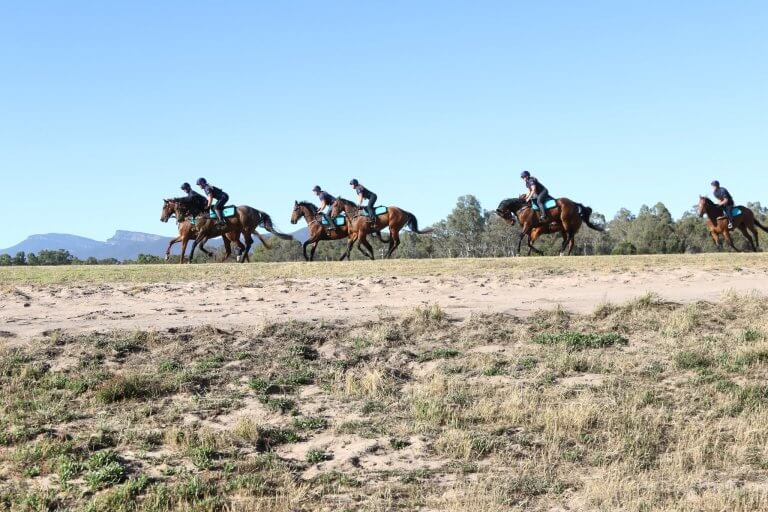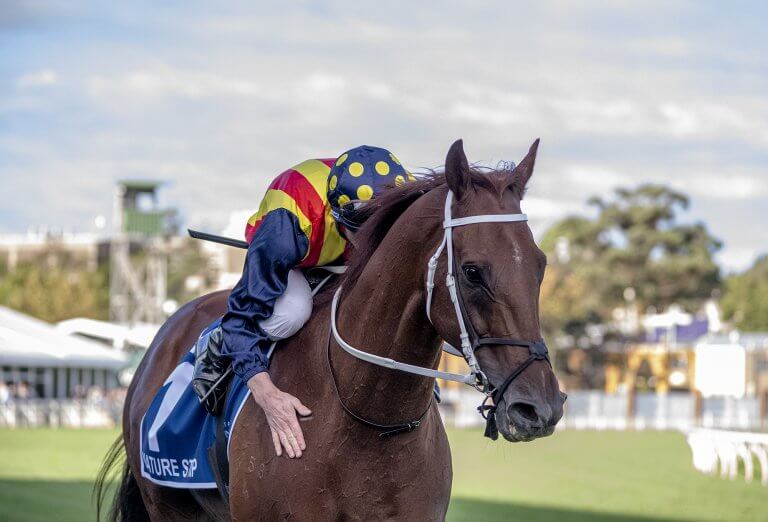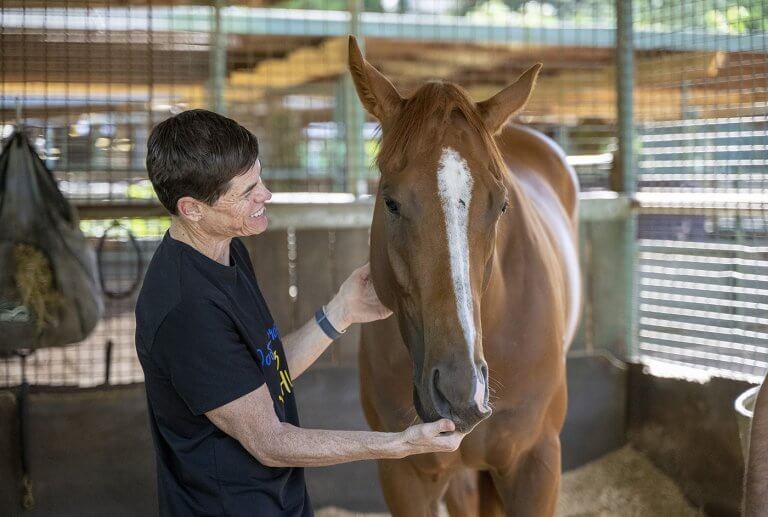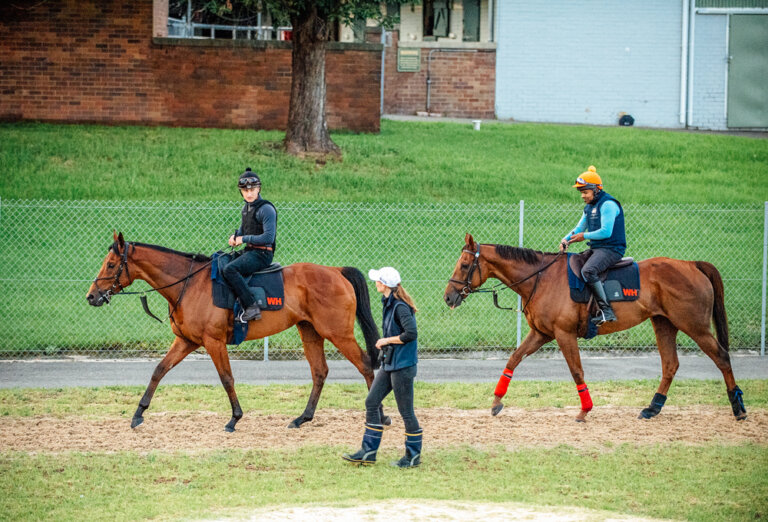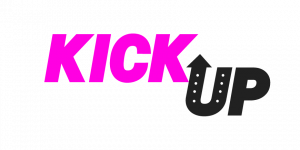Training stables behind the scenes

View the other Good Stuff
Sunday's #LegendsOnTheRoad with Lexus adventures continued at Flemington VRC Spring Classic Preview Day. It was spectacular. Behemoth and Redkirk Warrior...
After quite a gloomy start to winter, our spellers have been enjoying the sun over the last couple of days....
Explore the Common Questions
Horseracing is a hot topic on social media, but why did horseracing become controversial? It’s nothing new Think horseracing is...
There are plenty of good reasons to house racehorses in stables, and none of them are to make it more...
Racehorses are athletes. Logically no athlete is going to perform at their peak unless they are fit, healthy, and happy.
